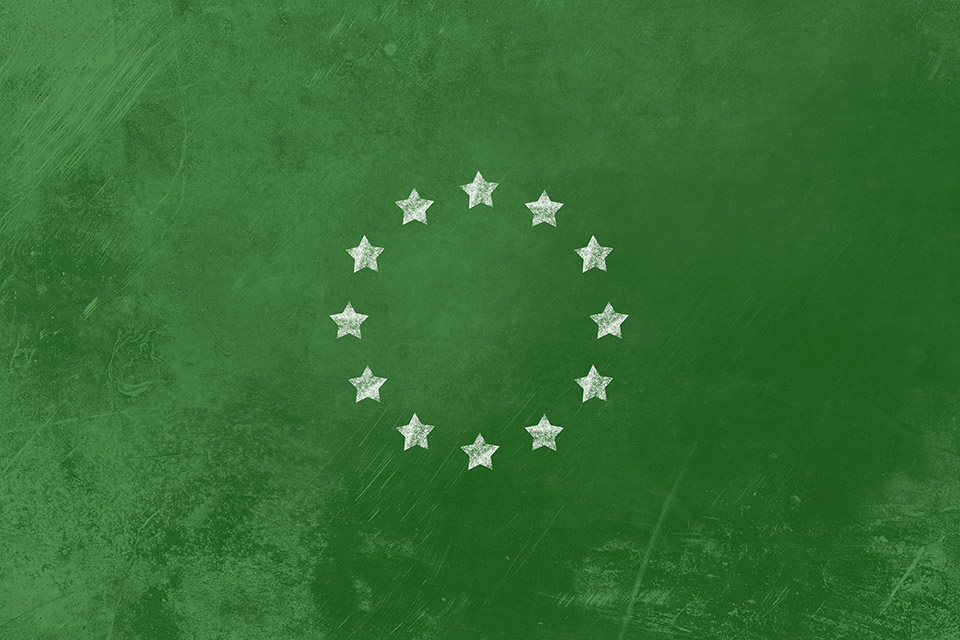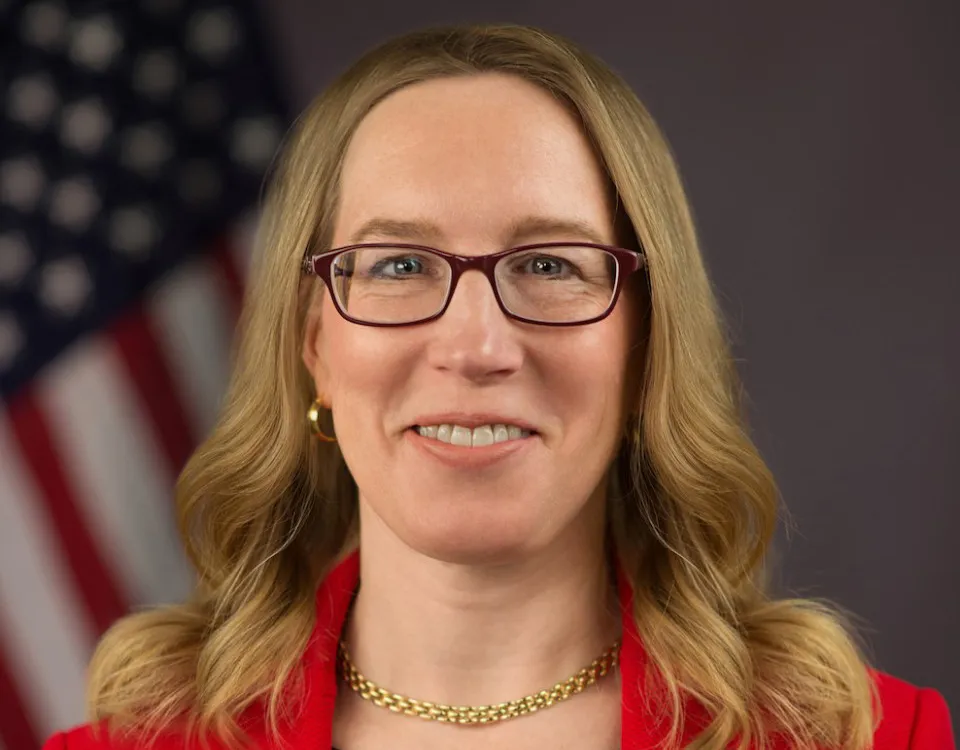When the European Union agreed on the terms and scope of the EU Green Bond Standard (EU GBS), certain concessions were made – such as making the standard and its documentation voluntary and creating a 15% flexibility pocket for non taxonomy-aligned activities.
This ensured that the EU GBS wouldn’t fragment the market and exclude a large number of issuers for not being sufficiently green at time of issuance. But it also highlights contradictions around the standard’s purpose.
If the point is to refine the European sustainable bond market and reduce the risk of greenwashing, the EU should focus its regulatory efforts on defining and structuring what transition finance products should look like, instead of labelling a sustainable product that has already been vetted by the market.
Supervisory excess
The complementarity of the EU GBS with existing market practices is key. What is the label trying to address? It can’t be to improve the reputation of the green bond product, which is already well-established and well-liked as a vehicle for sustainable capital in Europe and elsewhere.
The global green debt tracker Climate Bonds Initiative saw green, social, sustainability, sustainability-linked and transition (GSS+) bonds reach collective volumes of $863.4 billion in 2022, representing 5% of global bond market share. Green bond issuance made up just over half of those volumes.
If the EU wants to grow its sustainable finance ecosystem and encourage capital flows, a narrow scope won’t work
The use-of-proceeds model works because there is a set list of project categories that determine whether or not the allocated capital goes towards legitimate assets.
To reduce the risk of greenwashing, the EU GBS adds an additional layer of scrutiny and asks for corporate-level disclosures in the documentation and for near total alignment with the economic activity approach of the taxonomy.
That is fine if the aim is to see which activities qualify as 100% sustainable according to the EU’s criteria today. But if the bloc wants to grow its sustainable finance ecosystem and encourage capital flows, a narrow scope won’t work.
Monitoring the colour spectrum
The standard wants to do too much, and as a result it misses the mark on the key debate: defining ‘transition finance’.
In addition to funding pure-play renewable-energy projects – which tend to be on the dark green end of the spectrum – sustainable bond products are also used to fund the decarbonization of polluting business models, either to develop carbon-free alternatives or at least reduce the emissions that business is responsible for.
But not everybody agrees that sustainable finance should include all of this – and this disagreement is where most of the greenwashing claims tend to focus. Transition finance is a term that is frequently used, but its parameters have yet to be defined.
The International Capital Markets Association isn’t planning on issuing transition bond principles or defining it as a separate product. Instead, it wants guidance and disclosures on transition plans to become part of all GSS+ products.
For that to happen, capital providers will demand tighter rules on transition-plan disclosures, with sector-by-sector metrics and interim targets.
To drive private capital into sustainable economic activity, public policy needs to focus its efforts on drawing a line between what is green and what is on its way to being green.




